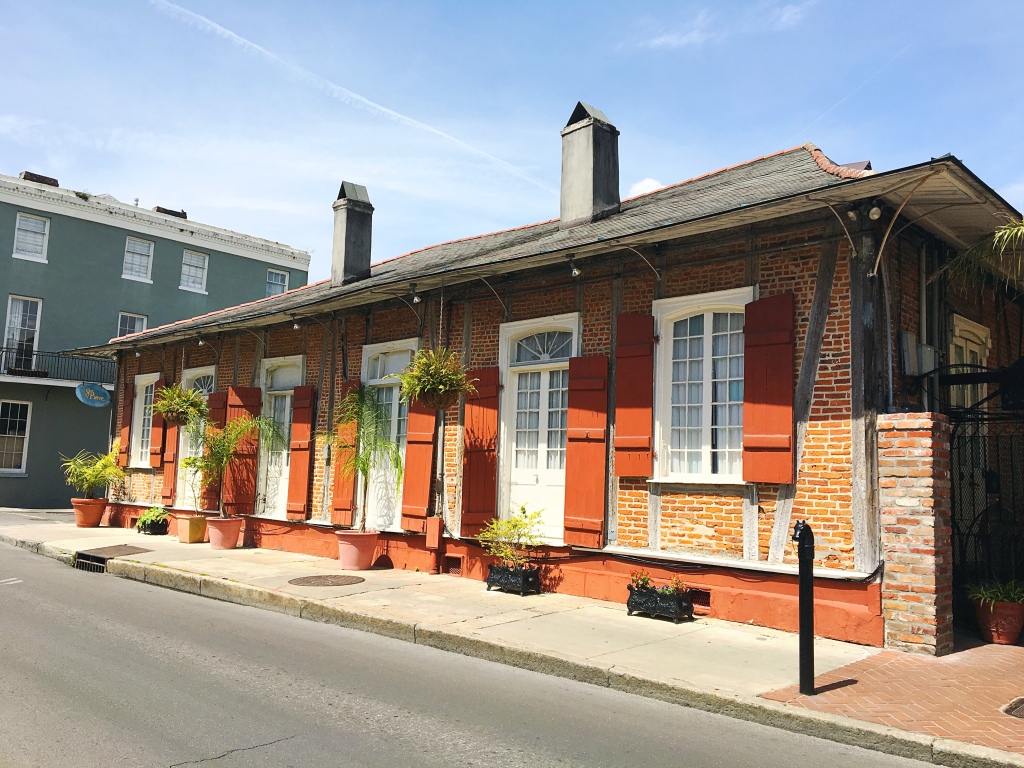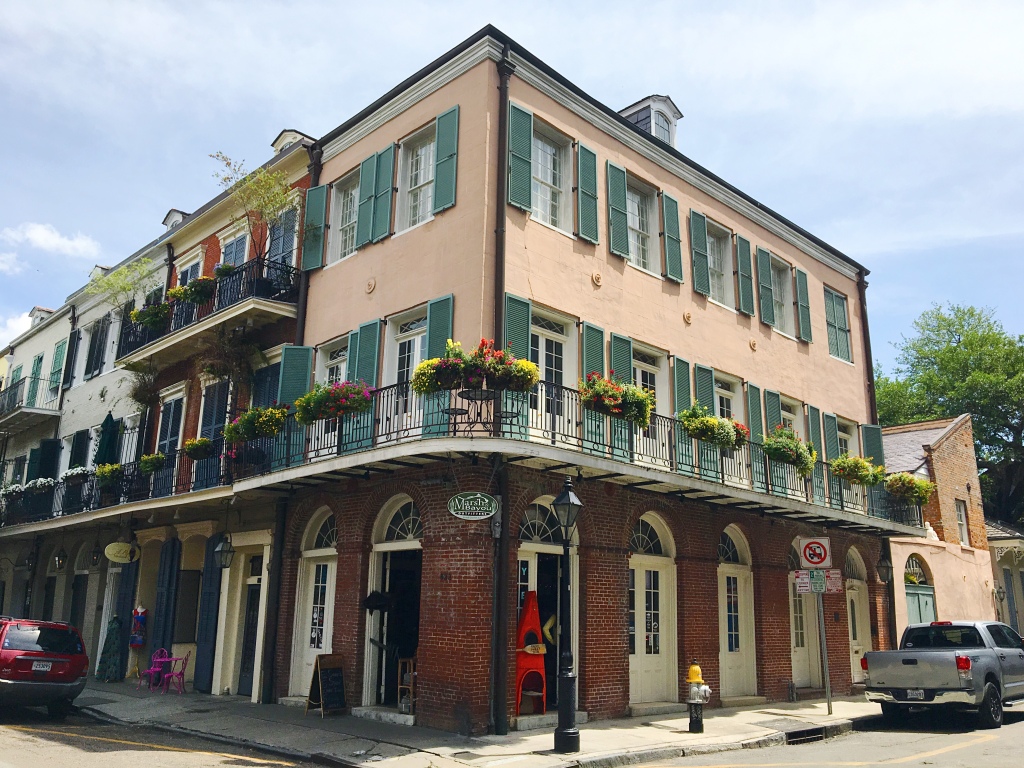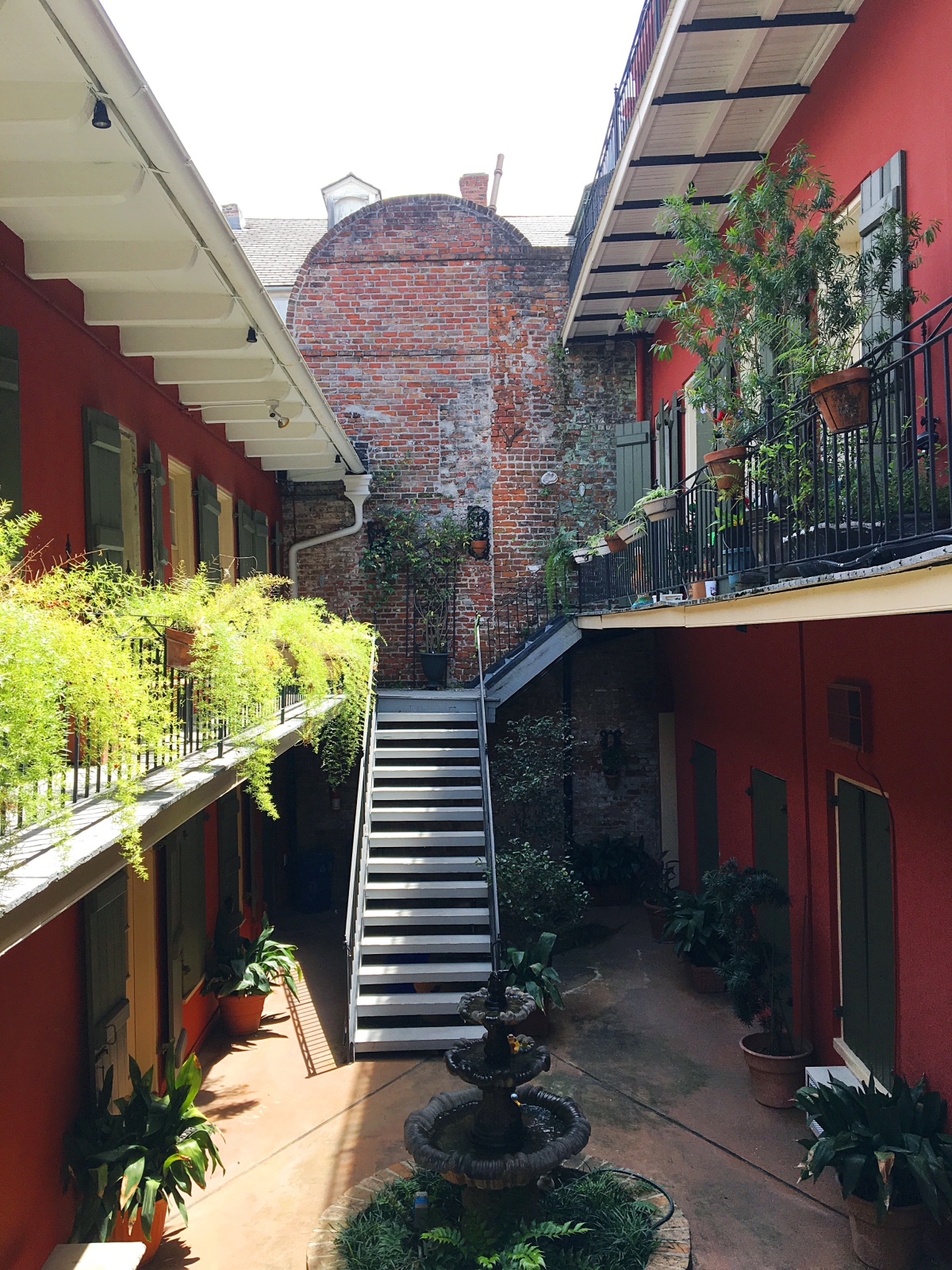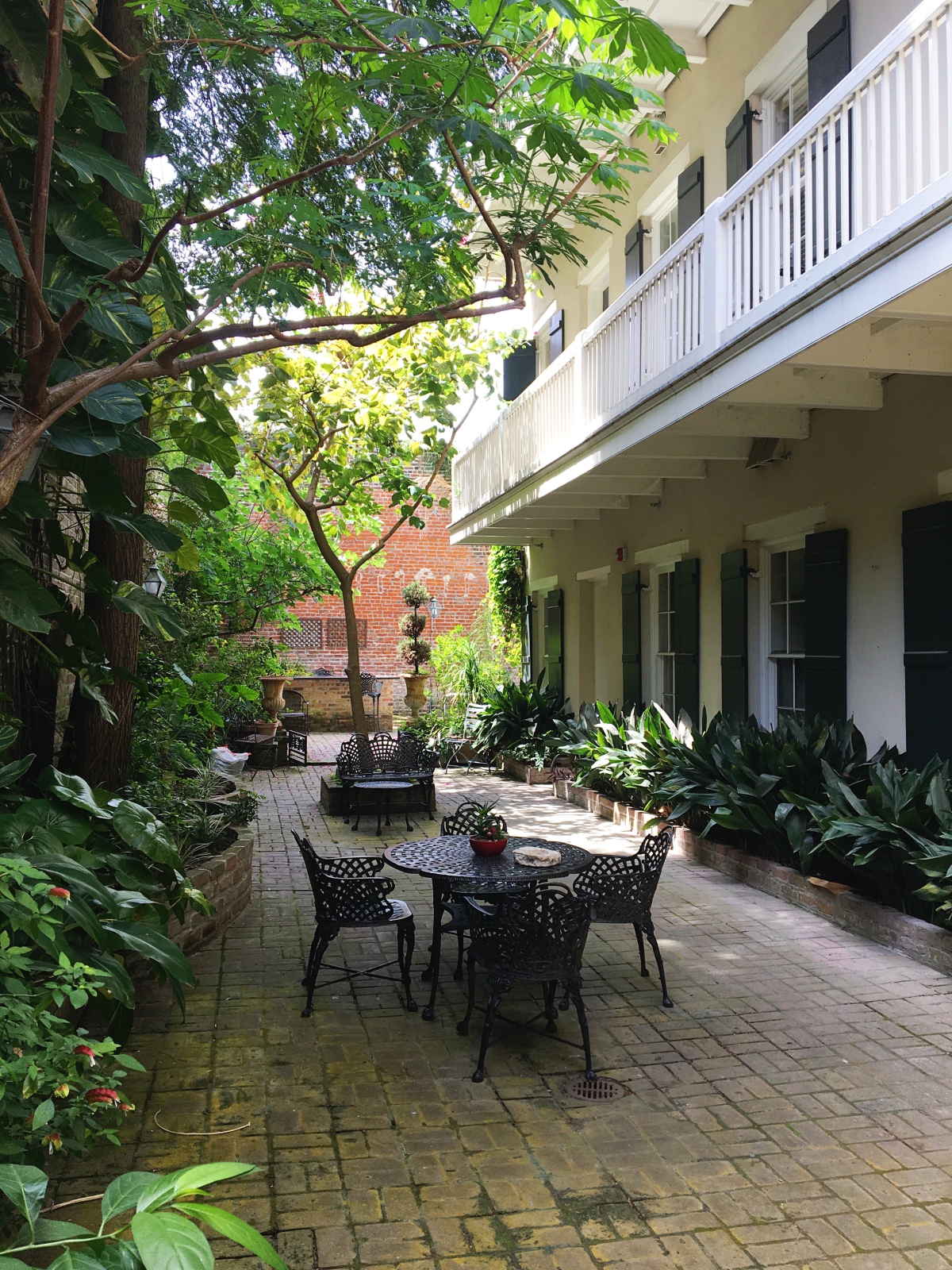Not that anyone is paying attention yet- but! sorry for the delay on these ramblings that I promised you. I didn’t really have a clear path that I wanted to start with these… When I finally decided, I realized I didn’t know enough about what I wanted to write about, so I’ve basically gone down a rabbit hole of studying architecture and styles of houses in this old city for the last couple of weeks. Wasn’t really anticipating this to come, but here we are.
I figured why not start in the French Quarter? After all, it is our beginning, and one of the beginnings for these fine southern parts of the U.S., too. (Sorry if you were expecting Shotguns).
Let’s just start with a brief history so that I can explain the different architecture styles to you:
- We’ve been around a mighty long time; since the 1700’s. And we had a VERY shaky start.
- First, the French had us, but they didn’t really want us. We were a swamp land back then (not surprising, huh?) and we weren’t really ready for hurricane season and flooding back then. A lot of our original “settlers” were convicts and the like who were kicked out of France. Can you imagine getting people on board for moving here after that?
- After 1763, we belonged to the Spanish.
- We were turned back over to the French for just a second in 1803 until Napoleon sold us to the United States during the Louisiana Purchase.
- The city grew rapidly with all different types of folks after that.
There is a lot more to our history, obviously, but I’m basically using this as a guide so that explaining architecture is a bit easier.
Due to two large fires in 1788 AND 1894, most of the surviving architecture in the French Quarter is from the Spanish period. They built new buildings and changed existing ones to protect them against any more fires. Most surviving structures in the French Quarter are classified as second generation. Two great exceptions are: Madame John’s Legacy and the Ursulines Convent. They’re available for tours these days, go see!
There are several types of glorious houses in the FQ. Probably the most beloved is the Creole Cottage.


- Built between 1790s-1870s, so the French and Spanish built these.
- All openings are shuttered.
- Had small rooms called cabinets at the rear of the house that were used for storage or may have hosted a small spiral staircase to get to the upper story that lead to another storage area or a very small bedroom.
- Out buildings were generally built in the backyard.
- Earlier cottages were “brick between post” masonry construction with plaster or wood weather board. The later buildings were frame construction with weather board and stucco.
Creole Townhouse:

- Built from the 1790s (after the great fire)-1850s.
- First of the “townhouse” types in New Orleans
- Stucco covered brick exterior
- Double chimneys extend from the side walls.
- Has a single, rounded dormer (tiny roof window) with multiple panes in window (also called lights) in the center of the roof.
The other types of Townhouses throughout the Quarter as well. Porte-Cochere and Creole Entresol Townhouses. The Entresol Townhouse looks similar to the Creole Townhouse, but it’s a 3-story building that appears to be a 2 story house. There is a middle section of this townhouse that’s used for storage. No dormers on this puppy. The Port-Cochere Townhouse is pretty easy to spot since it’s got a wide, rounded entrance that leads to the interior courtyard. Like the other Townhouses, it has wrought iron balconies on the upper stories.
So that there isn’t information overload, Creole Outbuildings is our last thing to look at today. We’ll cover some of the other styles soon since they’re scattered throughout the city.


Outbuildings are the houses at the back of the main houses in the French Quarter. If you’ve ever wandered in through the carriageway of these old New Orleans townhouses, you know what I’m talking about. These secret little worlds (that’s what they feel like to me anyway), away from all of the noise outside. I always catch a little moment of peace back here with the bit of sun that makes it through the tall, tall rooftops.
I feel like I’ve probably written way too much and talked your ear off, but hopefully you’ve learned a thing or two from this. It’s fun learning about it then venturing off on your own through the city and spotting the different building types… (or maybe I’m just a giant nerd???? TBD) We’ll get into the different types of architecture and styles later on. More photos and bullet points to come!
PS, I am by no means a historian, but this is the info I’ve gathered as of late and now I’m passing it on to you. Sorry in advance if you know more than I do about this and you think I’ve butchered it.
